If Binh Chanh district is not upgraded to a city, Ho Chi Minh City will be at a disadvantage when placed in the regional context, according to the Chairman of the Association of Architects.
The opinion was expressed by Mr. Nguyen Truong Luu, Chairman of the Ho Chi Minh City Association of Architects, at a workshop on the investment project to build Binh Chanh district into a district or city under Ho Chi Minh City in the 2021-2030 period, held on September 22.
Binh Chanh is a district at the southwestern gateway of the city, with an area of 252 km2, ranked after Can Gio and Cu Chi. This is the most populous district in the country with about 800,000 people, and a rapid urbanization rate.
According to Mr. Luu, Ho Chi Minh City connects with 13 provinces and cities in the West through Binh Chanh. Currently, Long An - a locality besides planning to develop two large belt routes, a 6-lane route connecting the project with the city via Nguyen Van Linh Street. Can Giuoc district of this province is planning to become a city.
"With such development on one side, looking across Binh Chanh, it is still a low-lying area," said Mr. Luu. When neighboring districts such as Ben Luc, Duc Hoa, and Can Giuoc of Long An become first-class urban areas, existing problems will be concentrated in the "navel" of Binh Chanh. In the long term, the city will need a lot of time and resources to solve the infrastructure burden.

Mr. Nguyen Truong Luu speaking at the conference. Photo: An Phuong
Mr. Luu added that on average, Binh Chanh increases by 40,000 people each year, accounting for 5% of the current population. In just three years, the district's population will reach 120,000 people, enough to become a city. The district is burdened with a huge amount of infrastructure, society, culture, and education, but with a tight shirt, if there is no solution, the locality will suffer many consequences.
The Chairman of the Ho Chi Minh City Association of Architects said that Binh Chanh is currently a "cultural, transportation, and infrastructure lowland". When surrounding areas develop, this gap will widen. "We need to ask the question: if Binh Chanh remains a district, what will the city gain and lose? We need to analyze clearly to see that Binh Chanh needs to become a city, otherwise Ho Chi Minh City will suffer," Mr. Luu stated his opinion.
Mr. Tran Van Nam, Secretary of Binh Chanh District Party Committee, compared the locality to a "knee joint connecting the thigh of Ho Chi Minh City and the calf of 13 provinces in the West". "However, this joint is having problems, malfunctioning, and is not up to par", Mr. Nam said. When compared to the "joint" in the east of the city, the infrastructure and urban landscape are far inferior.
According to Mr. Nam, Binh Chanh is narrow but nearly 60 km long, divided into three distinct areas with different conditions and development orientations. If construction is concentrated in the central area, people at the north and south ends will not be able to enjoy the amenities.
"Binh Chanh has three children and each one needs attention and investment for development," said Mr. Nam. Accordingly, the northern wing is developing industry and considering a creative urban area, commercial housing services. The southern wing with the communes of Binh Hung, Phong Phu, Hung Long is oriented towards developing an administrative urban area. In the middle of the district, an administrative urban center and high-tech healthcare will be implemented.
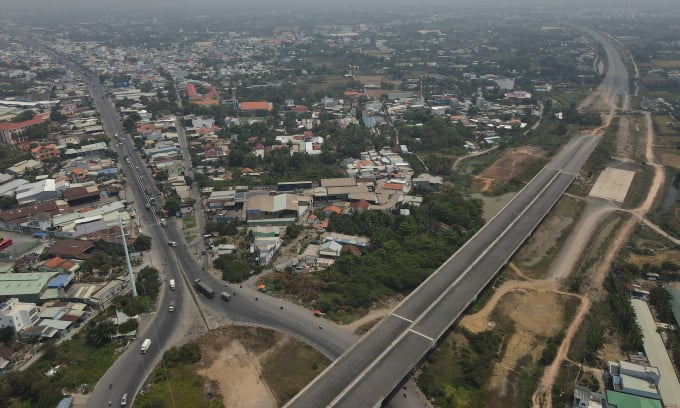
Binh Chanh District, the intersection between Ben Luc - Long Thanh Expressway and National Highway 1. Photo: Thanh Tung
According to the orientation, from now until 2025, 11 communes will become wards, the remaining 4 communes will develop in the direction of urban agriculture. Mr. Nam gave an example that Hung Long is currently a purely agricultural commune, but if the city rearranges the South area, with Ring Road 3, Nguyen Van Linh and a 500-hectare university urban area, this place will become an urban area.
"However, if we maintain the district's planning with 60% of the land being agricultural, 40% non-agricultural and in the non-agricultural group only 12% is residential land, it cannot be developed," said Mr. Nam.
The head of the District Party Committee said that the locality did not meet the criteria to become a district, "so there is no need to discuss it anymore" and determined that Binh Chanh would become a complex city in many aspects such as industry, trade, services, healthcare, education... The district's staff needs to be determined to upgrade Binh Chanh district to a city to unify actions.
In addition, Binh Chanh Secretary said that the locality needs the city to have a resolution on development policies so that the entire system and departments can go in the same direction. "Right now, the locality is very determined, buying vehicles to drive, but when reaching intersections, they don't know which way to turn," said Mr. Nam.
According to the Ho Chi Minh City Institute for Development Studies, comparing regulations and criteria for urban classification, Binh Chanh is unlikely to be converted into a district-level administrative unit from now until 2030.
Meanwhile, the locality can convert to a city-within-a-city model by 2025. To achieve this goal, by 2030, the district needs to invest in many projects to develop urban infrastructure, transportation, and environmental improvement... The total investment capital is estimated at about 122,695 billion VND, including socialized sources.

5 districts in Ho Chi Minh City want to become cities. Graphics: Khanh Hoang
The plan to upgrade a district to a city or a district was set out in the Resolution of the 11th City Party Congress for the 2020-2025 term. Over the past two years, five districts of Ho Chi Minh City, namely Cu Chi, Binh Chanh, Can Gio, Nha Be and Hoc Mon, have all wanted to become cities before 2030.
Late last year, the city government requested that districts not apply for approval to become districts or cities. This will have to wait until standards are met, and then Ho Chi Minh City will decide on a model suitable for each locality.
Le Tuyet
Source link








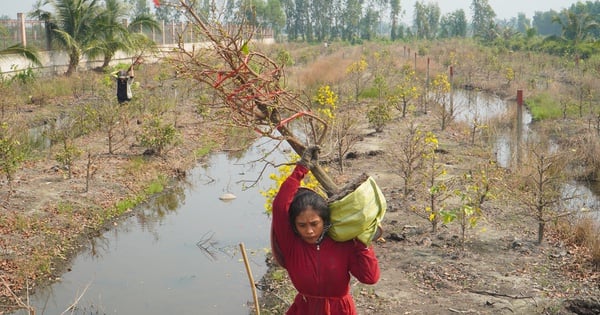

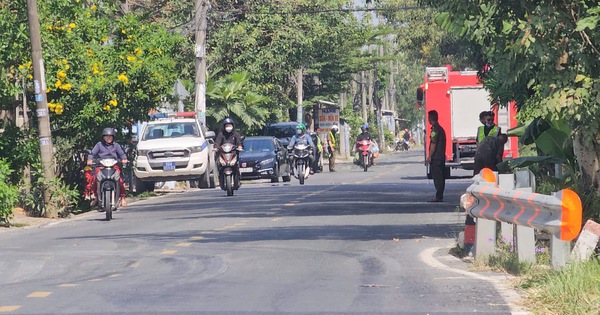


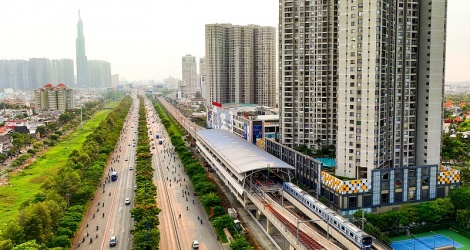

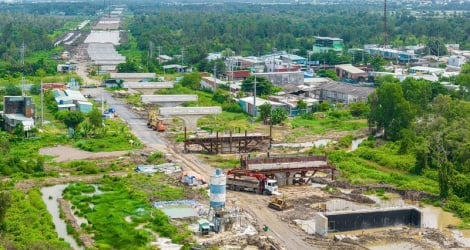

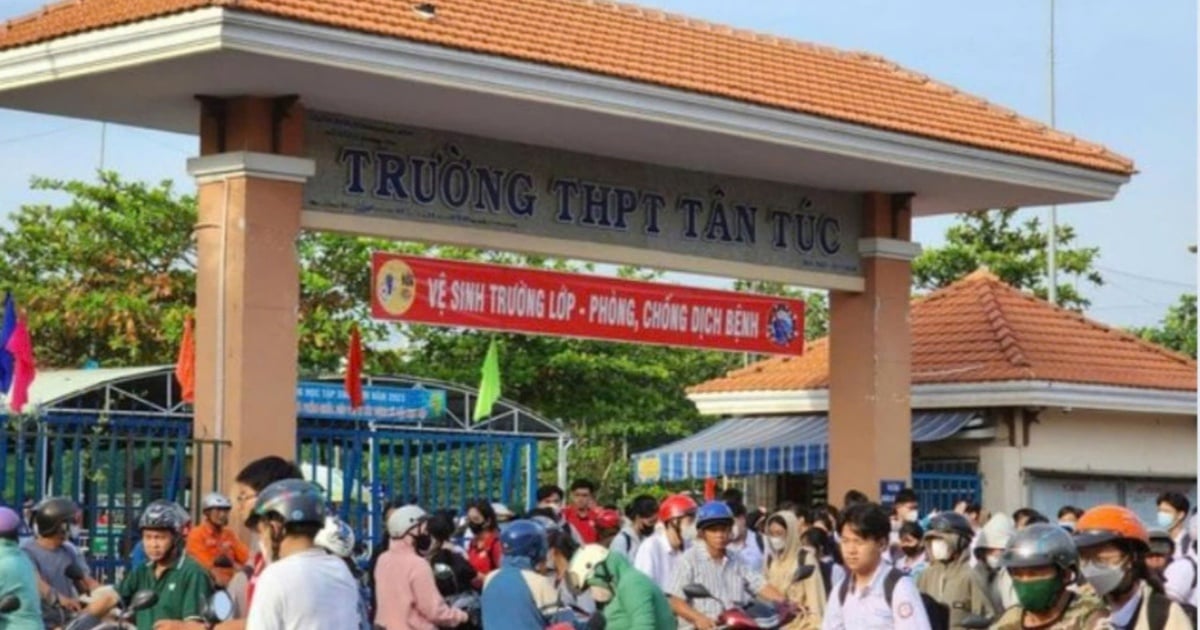

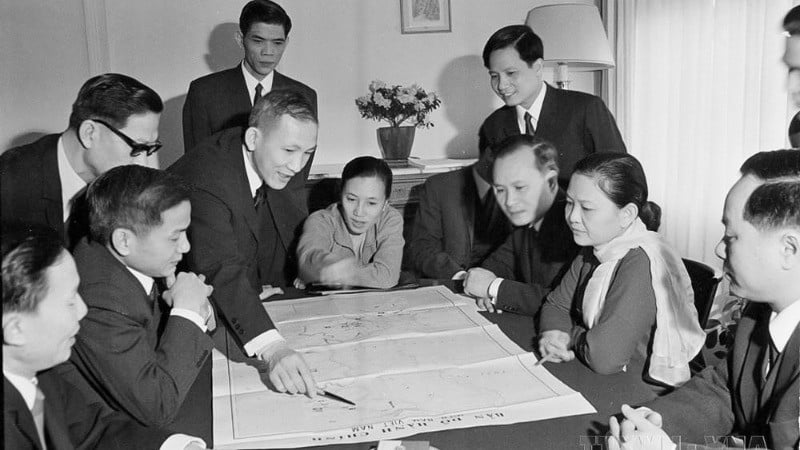



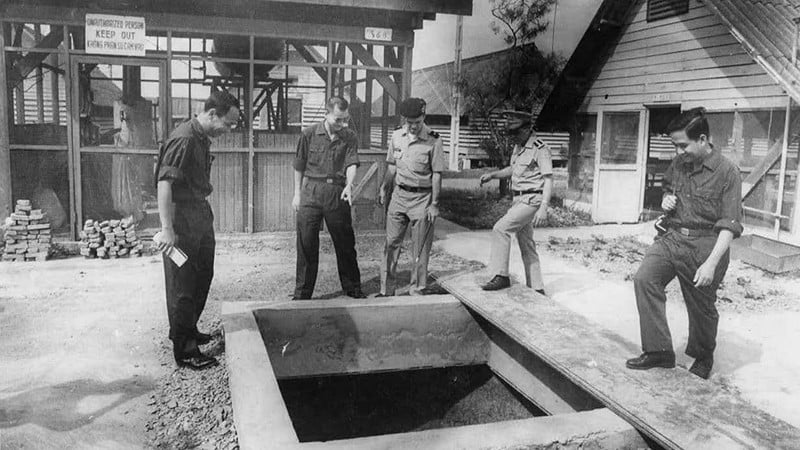
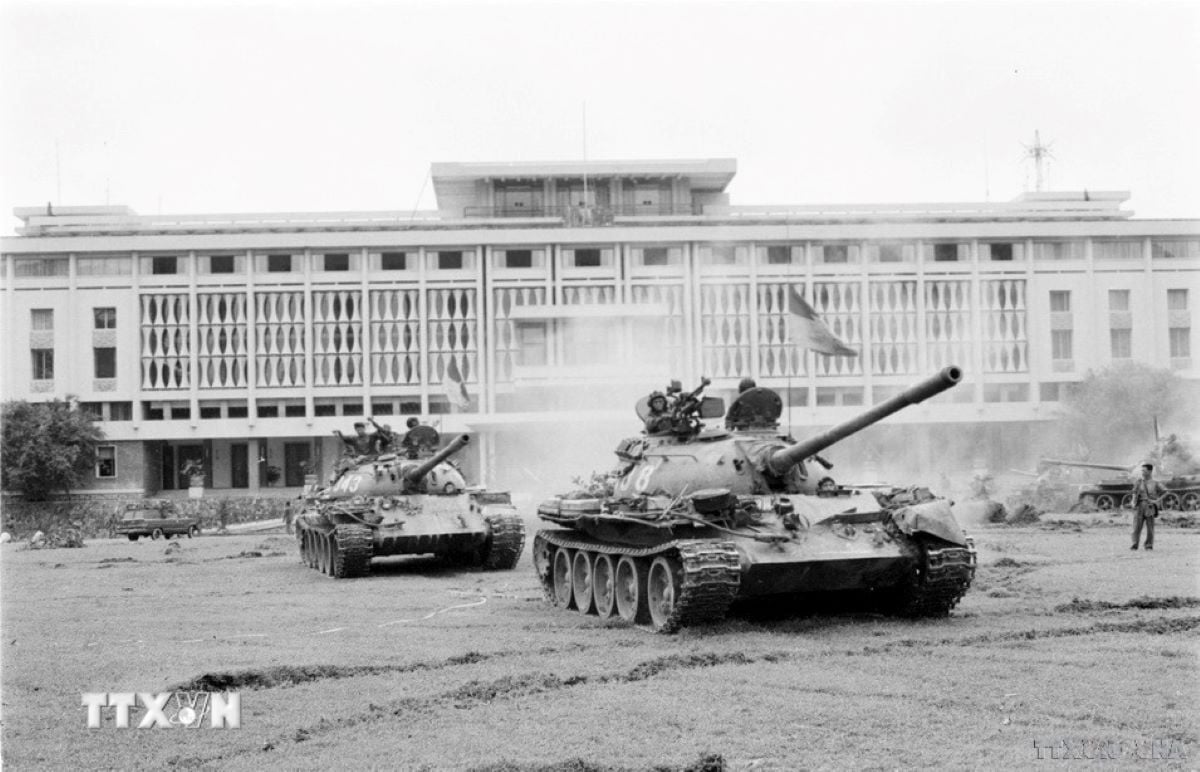










![[Photo] "Beauties" participate in the parade rehearsal at Bien Hoa airport](https://vstatic.vietnam.vn/vietnam/resource/IMAGE/2025/4/11/155502af3384431e918de0e2e585d13a)










































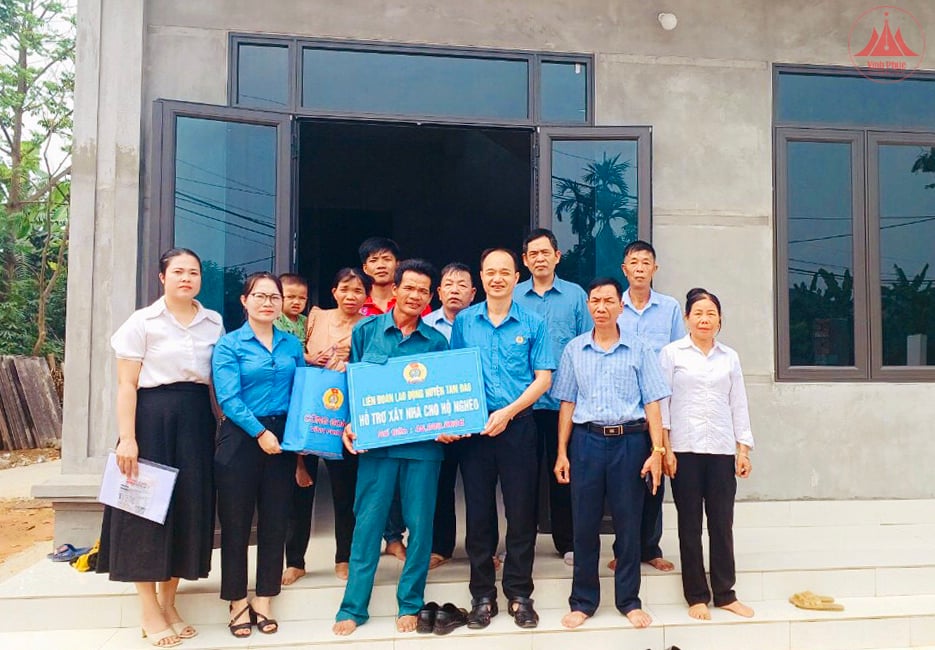



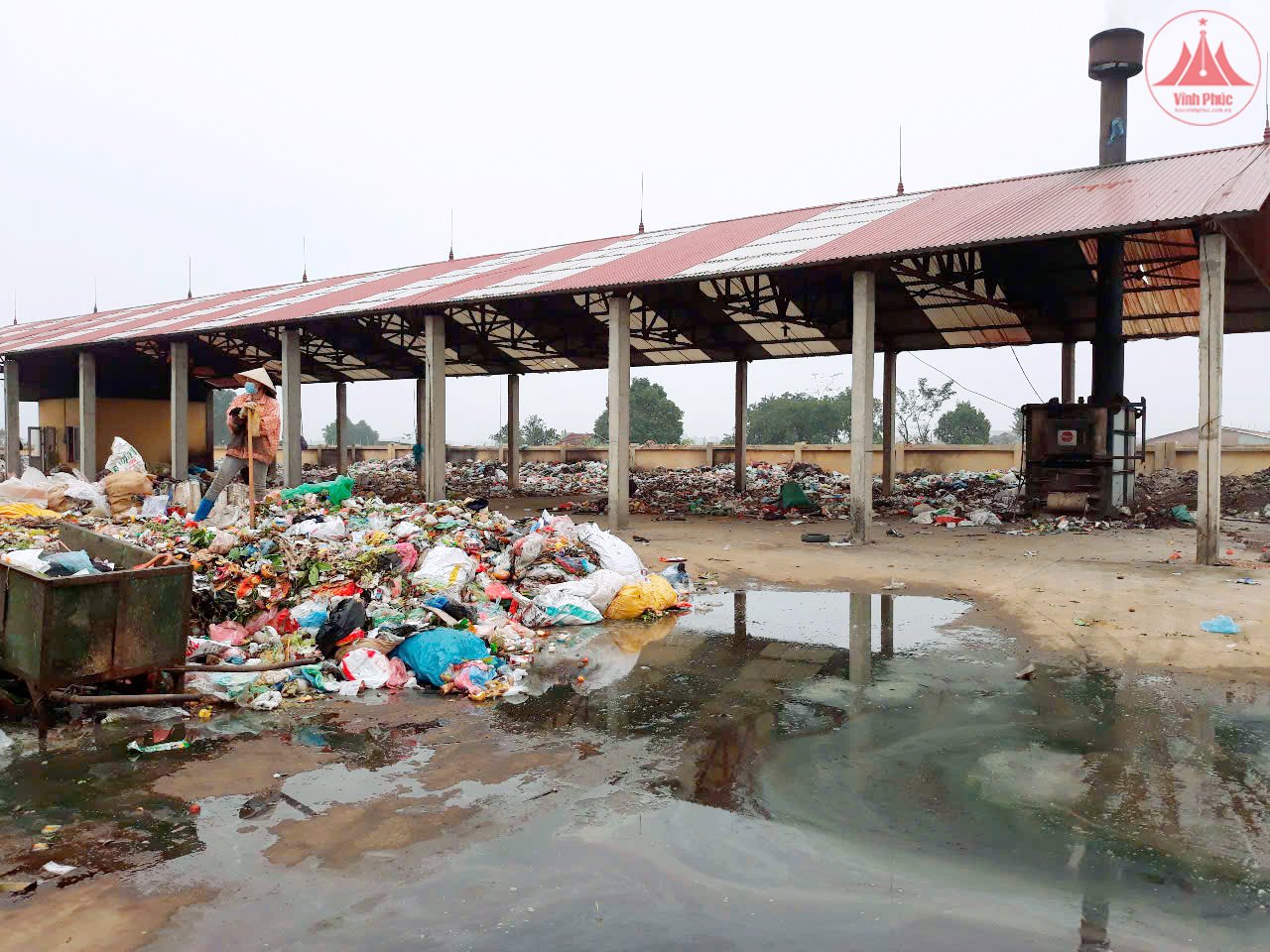













Comment (0)